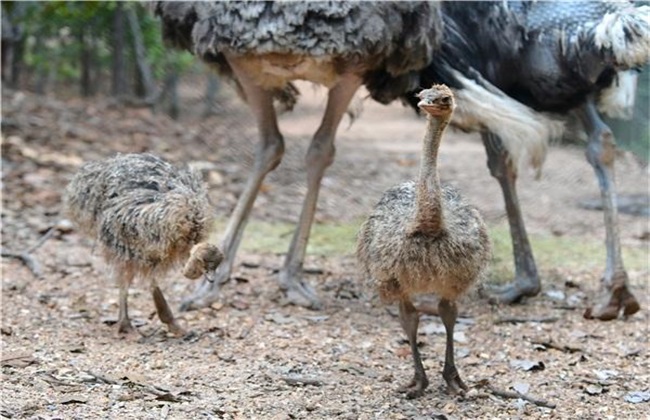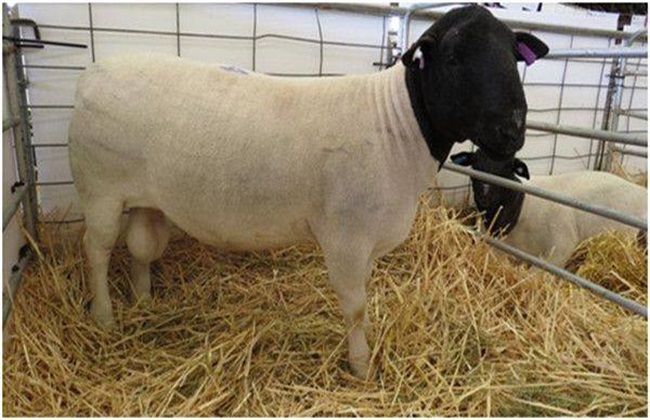Hatching techniques of partridges
Partridge is a kind of common bird in China, which is widely distributed in our country. Partridge meat is rich in protein and other nutrients beneficial to the human body, but also has the treatment of anorexia, weight loss and other effects, now the breeding area in our country is also very large. When raising partridges, we must do a good job in hatching partridges to ensure their production. Then let's take a look at the hatching skills of partridges with Xiaobian.

1. Choose eggs
The breeding period of partridges is generally about April to May every year. March is the courtship season for partridges. Under normal circumstances, the number of eggs laid by each partridge is about 5. When partridges hatch, we first need to make the choice of breeding eggs, which is mainly within half a month. Breeding eggs can not be double yellow eggs, deformed eggs and other bad eggs, should be picked out in time. Then soak the eggs in warm water of about 30 degrees for about 5 minutes, add an appropriate amount of potassium permanganate to the water, soak them, and remove the eggs to dry, ready to hatch.
2. Hatching
After the partridge eggs are processed, the eggs can be warmed up a little and then placed on the code plate to prepare for hatching. When hatching, we must pay attention to control the direction of the eggs, big head upward to maintain a certain angle into the egg plate, preferably in the center. After laying the eggs, put the egg plate into the incubator, and after putting it into the incubator, be sure to fix the egg plate to avoid causing the egg plate to fall loose when turning the eggs.
3. Turn the eggs
In the process of breeding eggs hatching, we must do a good job of turning eggs to avoid the phenomenon of embryo adhesion. In the early stage, the egg will appear the phenomenon of egg yolk floating, if the egg is not turned in time, it will cause the egg yolk to adhere to the eggshell mucosa and reduce the hatching rate. If the eggs are not turned in time in the metaphase, the allantoic sac will adhere to the yolk sac, resulting in the death of the embryo. About three weeks before hatching, turn the eggs once every 3 hours, and then after 20 days, the embryo and gradually develop, the egg turning work should be stopped.
4. Cold eggs
Breeding eggs in the middle and later stages of incubation, will produce a lot of goose body heat, so at this time we need to use the method of cooling eggs to dissipate heat. About half a month after the eggs are hatched, cool the eggs once a day and stop when the temperature drops to about 35 degrees. In the later stage, the temperature of the egg noodles will be as high as 40 degrees. At this time, the cold eggs should not only rely on ventilation, but should spray water properly and keep the water temperature at about 18 degrees. The work of cooling eggs can be combined with turning eggs.
5. Photo Egg
During the whole incubation period of partridges, the eggs should be taken care of about three times, and once each in the first, second and third weeks after hatching. Unfertilized eggs and dead eggs should be picked up for the first time. The radial blood vessels of the normal eggs can be observed after illuminating the eggs, and the color is redder, while the azoospermic eggs have no blood vessels and only the egg yolk can be seen. Then, when the eggs are illuminated for the second or third time, the dead eggs should also be cut off to maintain the hatching rate.
The above is a brief introduction to partridge hatching technology. When hatching, we should control the temperature and humidity, and then do a good job of setting down the plate, picking up chicks and other work to ensure the hatching rate. That's all for today's introduction. This article is for reference only. I hope it can help you all.
Related
- On the eggshell is a badge full of pride. British Poultry Egg Market and Consumer observation
- British study: 72% of Britons are willing to buy native eggs raised by insects
- Guidelines for friendly egg production revised the increase of space in chicken sheds can not be forced to change feathers and lay eggs.
- Risk of delay in customs clearance Australia suspends lobster exports to China
- Pig semen-the Vector of virus Transmission (4)
- Pig semen-the Vector of virus Transmission (3)
- Five common causes of difficult control of classical swine fever in clinic and their countermeasures
- Foot-and-mouth disease is the most effective way to prevent it!
- PED is the number one killer of piglets and has to be guarded against in autumn and winter.
- What is "yellow fat pig"? Have you ever heard the pig collector talk about "yellow fat pig"?



